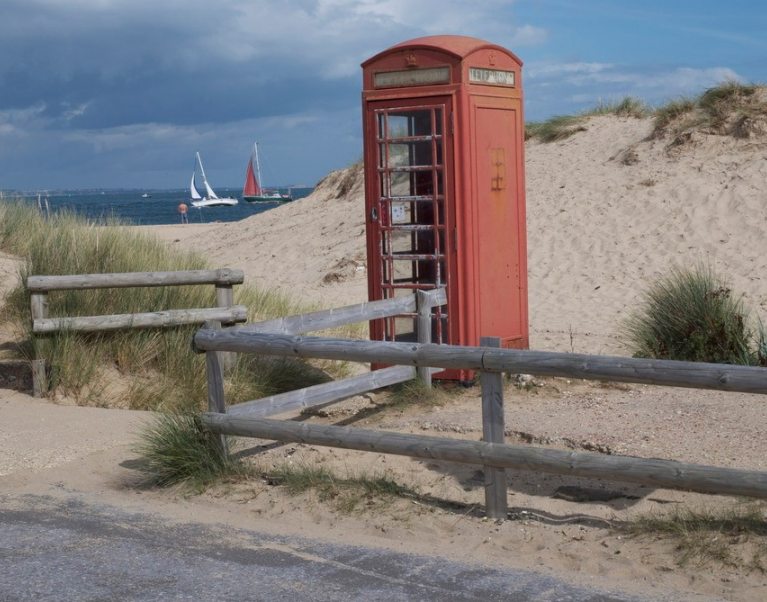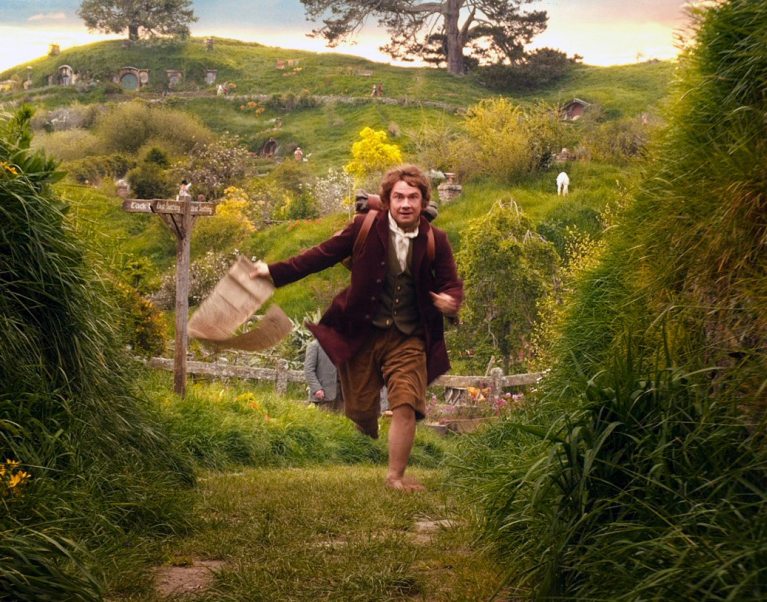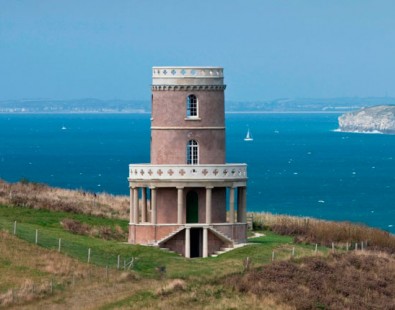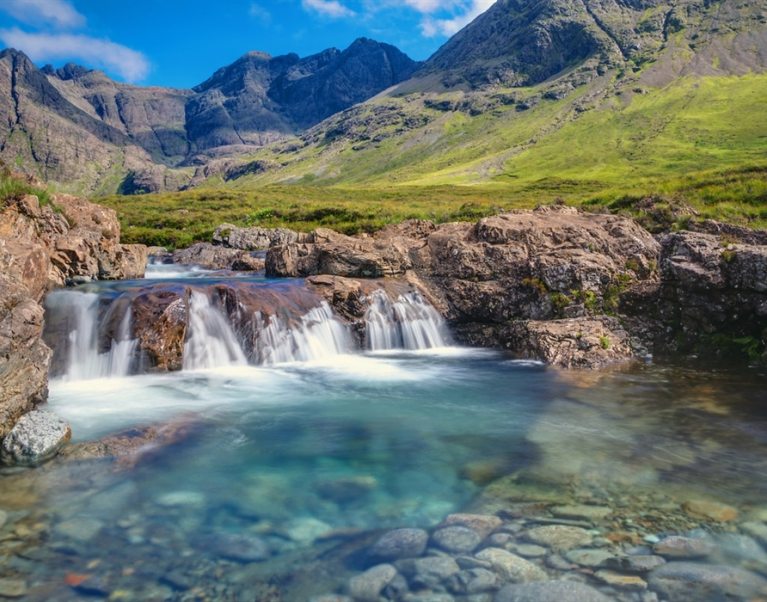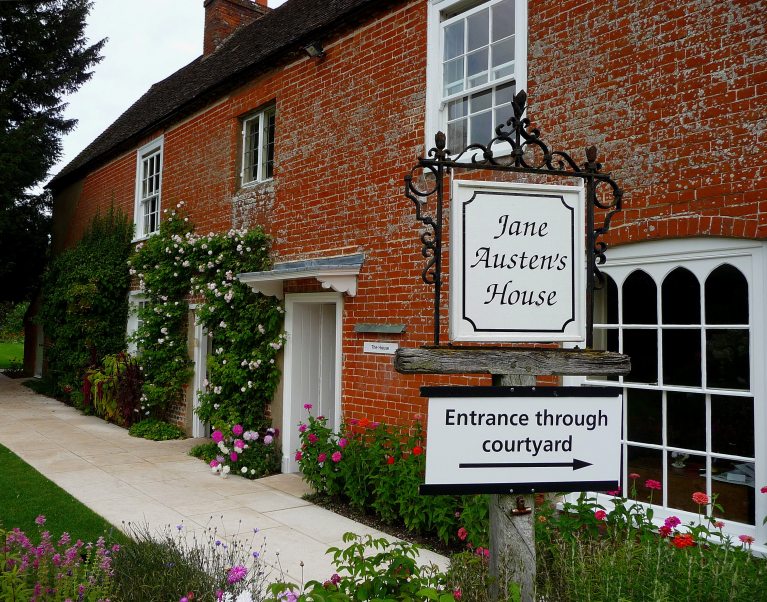8 Very English Experiences
12th June, 2017
You’re not a true anglophile until you’ve tried these…
Fish and chips
Fish and Chips is fundamentally English, and these days, every town worth its salt has a chippy. Traditionally, Fish and Chips was to be enjoyed sitting on a pier or harbour wall, watching the cool sea wash in – for this we recommend Aldeburgh Fish and Chips on the Suffolk Coast. For those wanting the English experience but don’t have the time to travel far, fear not, London offers some of the best Fish and Chips – and you can always eat it watching the boats on the Thames! We recommend The Sea Shell in Lisson Grove, London.
Spin a Morris Minor through the Cotswolds
At the Carter Company, we feel that there is no better way to see England than on a bike – but that said, a convertible Morris Minor is a lot of fun too and is a local Oxford icon. We have some of the most beautiful landscape in the world. There is no need to just take our word for it, touring our island will leave you in no doubt. We suggest spinning along the little lanes of the Cotswolds, seeing the sandy coloured stone and quaint, postcard villages.
Watching cricket
Although the English can claim the invention of many sports such as football, rugby, tennis and boxing, perhaps the most ‘English’ of all is cricket. Prince Phillip famously said ‘there is a quite erroneously held belief that cricket is just another game’; indeed, for many, cricket is a way of life. It is slow paced and relaxing, skillful but not taxing, and enjoyed by people of all ages. On Sundays, while walking or driving through rural England, it is a common site to see men in their whites playing cricket on village greens; It is a symbol of the great English idyll. Watch at Keswick Cricket Club in the Lake District where Skiddaw provides the dramatic backdrop, with it's summit at 3,000ft!
Visiting the local
For centuries and centuries, English communities, both rural and urban, revolved around the pub or ‘local’ as it is known; it was a place where all news was shared, great issues debated, and most importantly, where good ale was drunk. Even in busy modern life, the pub remains an important part of our culture. You haven’t really been to England unless you’ve been in a pub. We have many favourites on our tours of which The Half Moon in Sheepwash, Devon is one, but almost all of our tours will lead you past one great pub to the next.
Royal spotting
England is known and loved for its Royal Family and Brits as well as visitors are keen to spot family members. Really, it’s not so hard to catch a sight of them; if you visit Royal Ascot or Wimbledon, you have a good chance! Other options are a film premiere or the Chelsea Flower Show and Chelsea pub The Pig’s Ear where William sometimes downs a pint. And of course the Queen has been spotted in Buckingham Palace and Windsor Castle – see our Thames Royal Palaces Trip.
Cathedral evensong
As with many other English traditions, choral evensong in the great Cathedrals has survived the ages. These beautiful, ancient buildings still serve as refuges, places of celebration and of spirituality in the modern day. England may have had a tumultuous relationship with religion over the past centuries, but faith still remains a central part of English culture. There is a great power in these places, and even those without religion will be moved by the age and beauty of the churches and cathedrals in England. If you want to connect with England’s historic past, we suggest attending choral evensong; Cambridge and Salisbury offer some of the best experiences.
Afternoon tea
What could be more English than Afternoon tea? Its tradition at its finest – wherever you are in the country, you can rely on afternoon tea to give you that blissful Sunday feeling. It combines tea with delicate sandwiches, cakes, scones and strawberry jam – practically the cornerstone of English cuisine. Betty’s in Yorkshire is one of our favourites (and a feature on our Footsteps tour), but for the quintessential experience, try Claridges in London.
A walk in the park
British cities are famous for their parks, islands of green in the midst of bustling cities, often with wonderful gardens. It is a very English thing to take a stroll or a cycle ride through the park in your lunchbreak or as the sun sets. Parks we love are Westgate beside the River Stour in Canterbury, Greenwich in London where you can stand astride the Prime Meridian Line and Tring in the Chiltern Hills where the Rothschilds created avenues of lime trees leading to stone follies.
Posted by: Nicola Smith
Tags: Cycling holidays, Eat + drink, Family fun, Hidden gems, History, Insider info, Luxury specials, Tailor-made by us, Walking holidays

